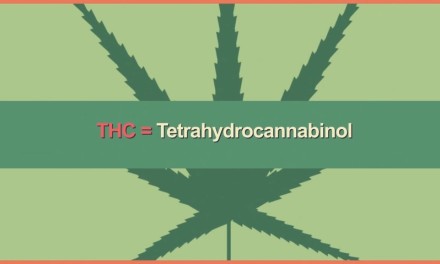The availability of legal marijuana has increased in the United States over the last decade, in that more people are able to sell cannabis. Despite this, teenagers are having a harder time finding pot. That’s good news for the country and for the legalization effort.
These are big picture statistics, and in fact, “not so easy” only means a slight reduction in availability. But this is a change in the right direction. The data is from one of the most reputable surveys on drug use in the United States, and the change in availability data has historic significance.
The Monitoring the Future Survey had been collecting data on high school students and drug use since 1975. Consider the following statistics:
In 1975, 87.8 percent of 12th graders found marijuana fairly easy or very easy to get. In 1985 and 1995, 88.5 percent of 12th graders made this report, and in 2005 the result was 85.6 percent…so much for prohibition protecting America’s youth from marijuana.
These figures alone expose the dirty little secret of America’s drug control policies regarding marijuana—that there is no control.
But then the era of legalization began, which had two significant characteristics. First, by way of both medical marijuana laws and then with outright legalization in some states, marijuana became legally available. Second – the perceived risk of using marijuana began to fall.
Perceived risk is a funny indicator, funny as in “illogical and irrational.” Survey data shows that when usage increased, perceived risk decreased—allowing opponents of marijuana law reform to argue that changes in the law would result in increased teen use. In other words, it doesn’t matter if marijuana is dangerous or not, but society must be told it is dangerous to keep usage low. The truth is not important, just the perception. This is the illogical and irrational part of it.
So, let’s get back to the numbers.
Among high school seniors in 1975, 1985, 1995 and 2005 about 85 percent reported marijuana was fairly easy or very easy to get. And the data is about the same, give or take, for the entire period. So what happened when legalization began to happen?
In 2015, the percentage of 12th graders who found it easy to get marijuana fell to 79.5 percent. This is still an unacceptable figure, and it needs to continue to fall. But before 2005, the lowest figure on record was 82.7 percent in 1992. After 30 years at about 85 percent, this figure has started to fall steadily over the last 10 years; this is significant.
The same trend is also true for 10th graders.
Here, the data only goes back to 1992, when 65.2 percent found marijuana easy to get. This figure increased to 88.1 percent in 1996, before starting a long-term decline to 72.6 percent in 2005. But this went down to 65.6 percent in 2015.
Is this decline due to the reform of marijuana laws? It’s hard to say. What’s important here is that reforms are not associated with increased availability of marijuana to 10th graders.
Finally, there is also data for 8th graders, of whom 42.3 percent found marijuana easy to get in 1992. In 1996, this number rose to 54.8 percent, before dropping to 41.1 percent in 2005 and 37 percent in 2015. The same point is relevant here—8th grade availability has not increased in the era of reform. It, too, has actually decreased.
Again, these are big picture numbers, and the significance here concerns national attitudes and the impact of perceptions about marijuana on youth marijuana use, whether it be recreational or youth medical use.
Education works when it comes to reducing teen alcohol and tobacco use. It can work with reducing teen marijuana use too.
More importantly, the emergence of legal marijuana is not, on a national scale, making it easier for teenagers to get pot. Teenagers report marijuana is less available to them than it used to be. It needs to become even less available, and legalization with age limits is the tool that can accomplish this.






Recent Comments